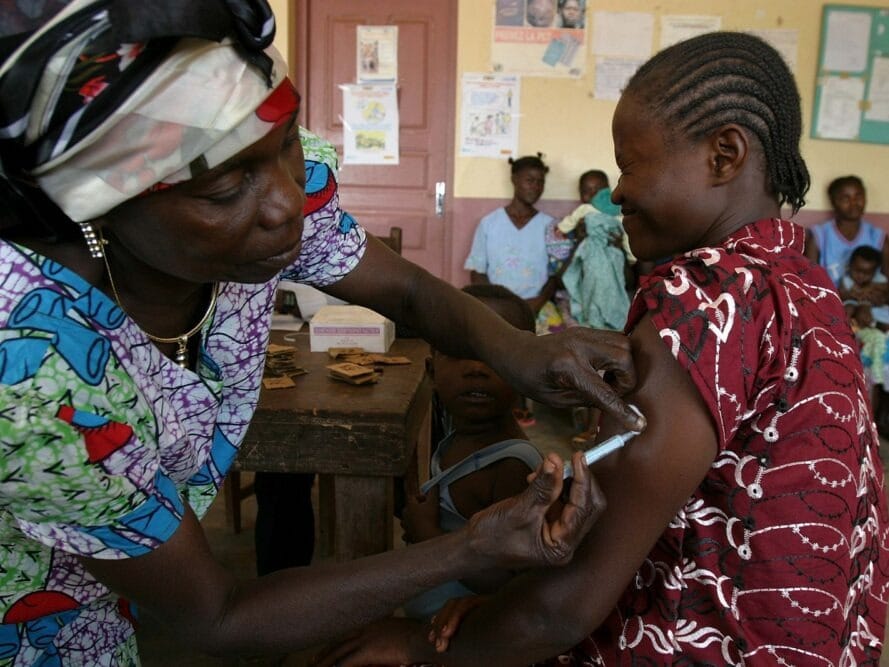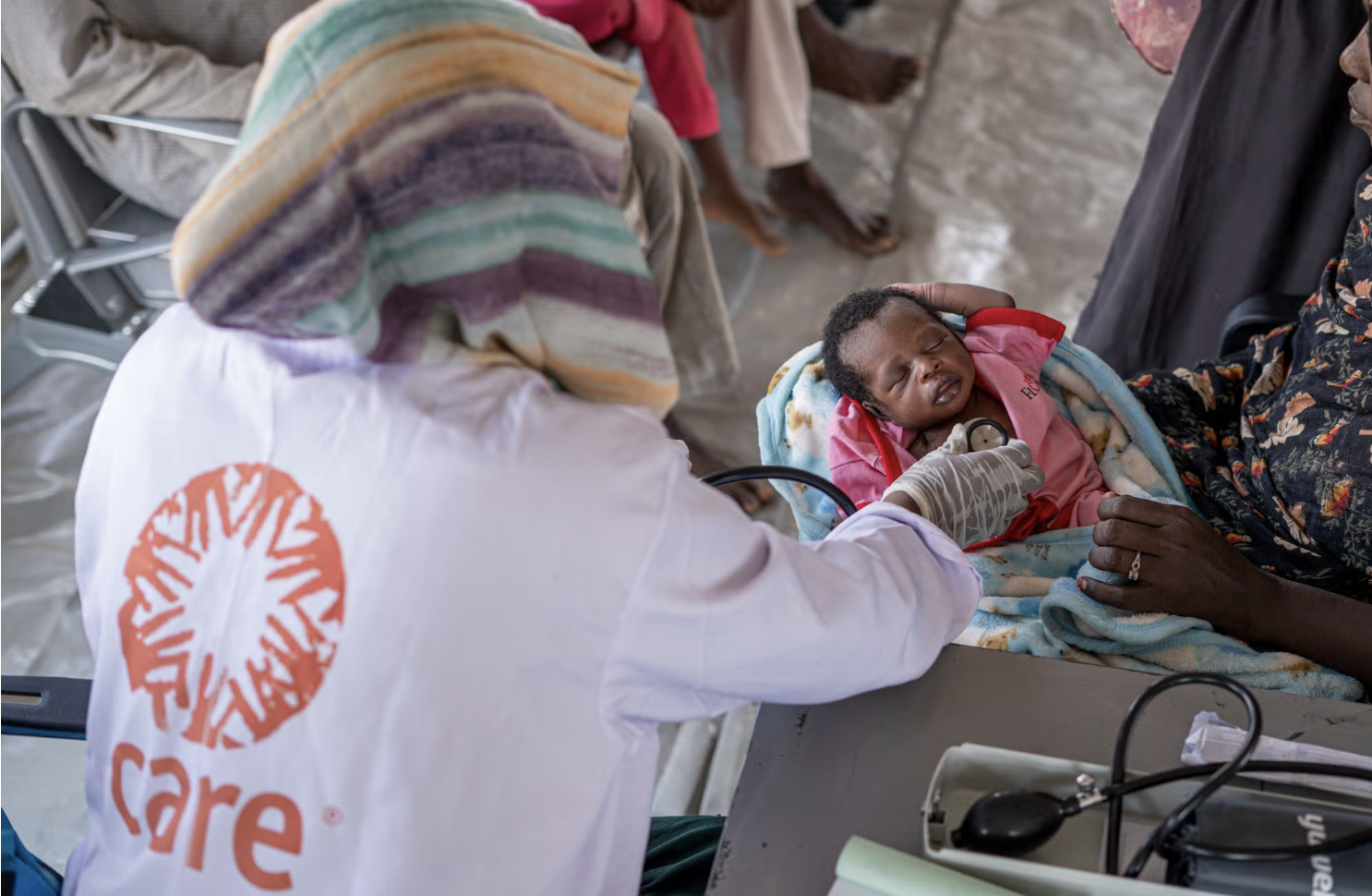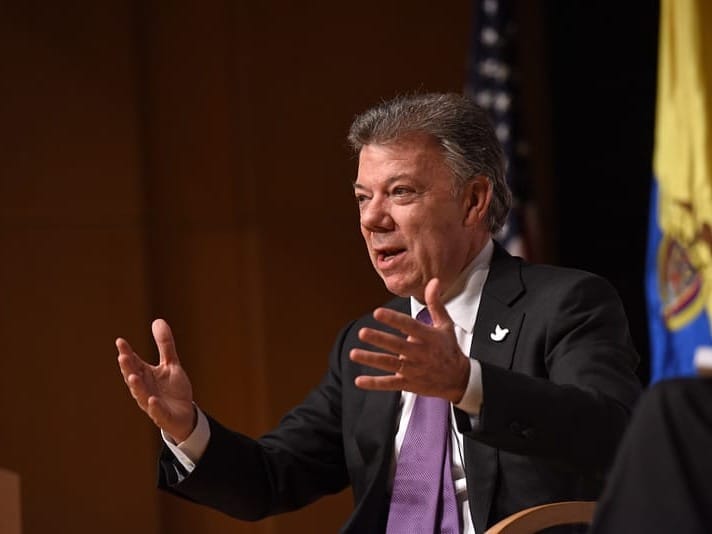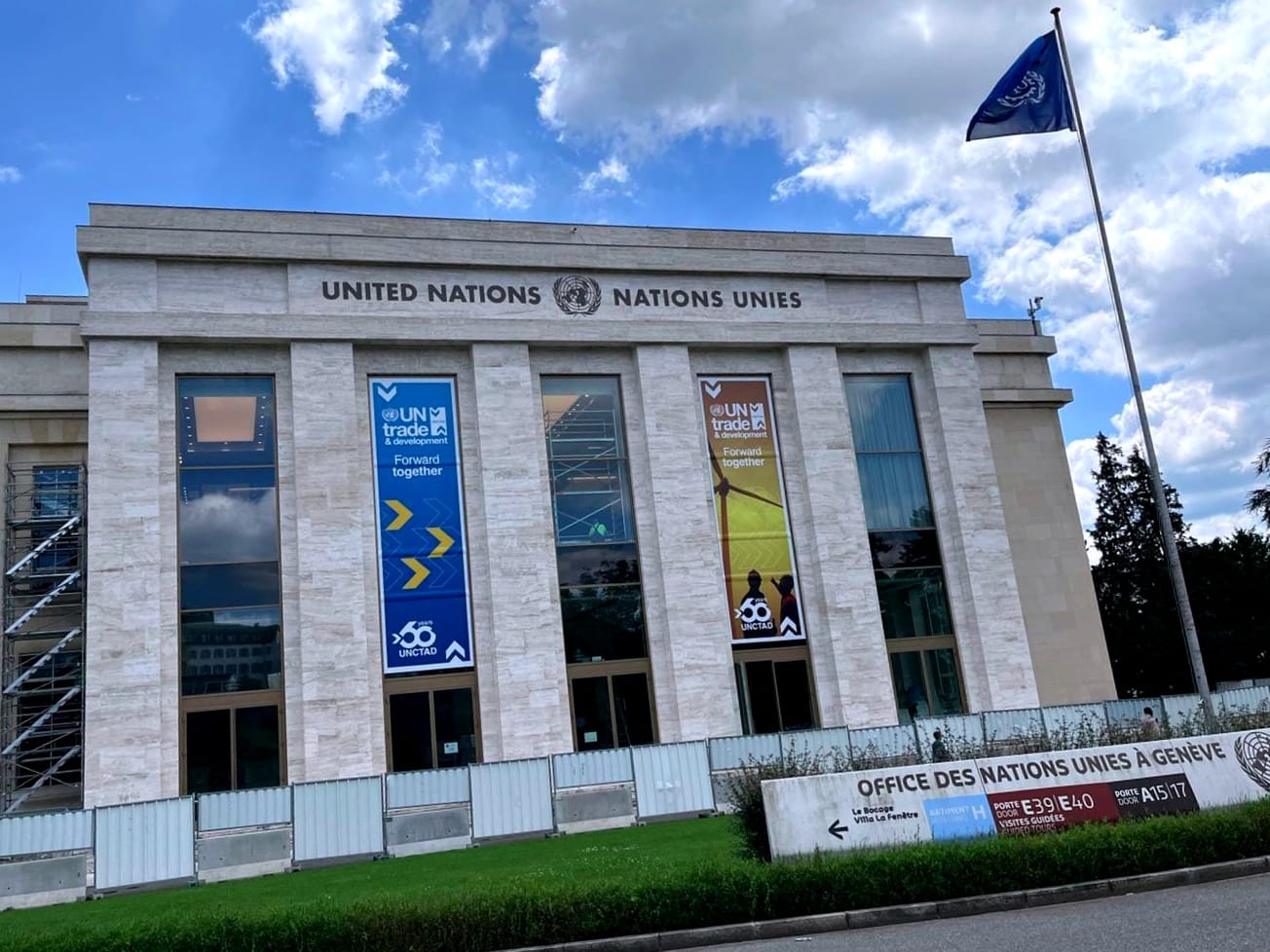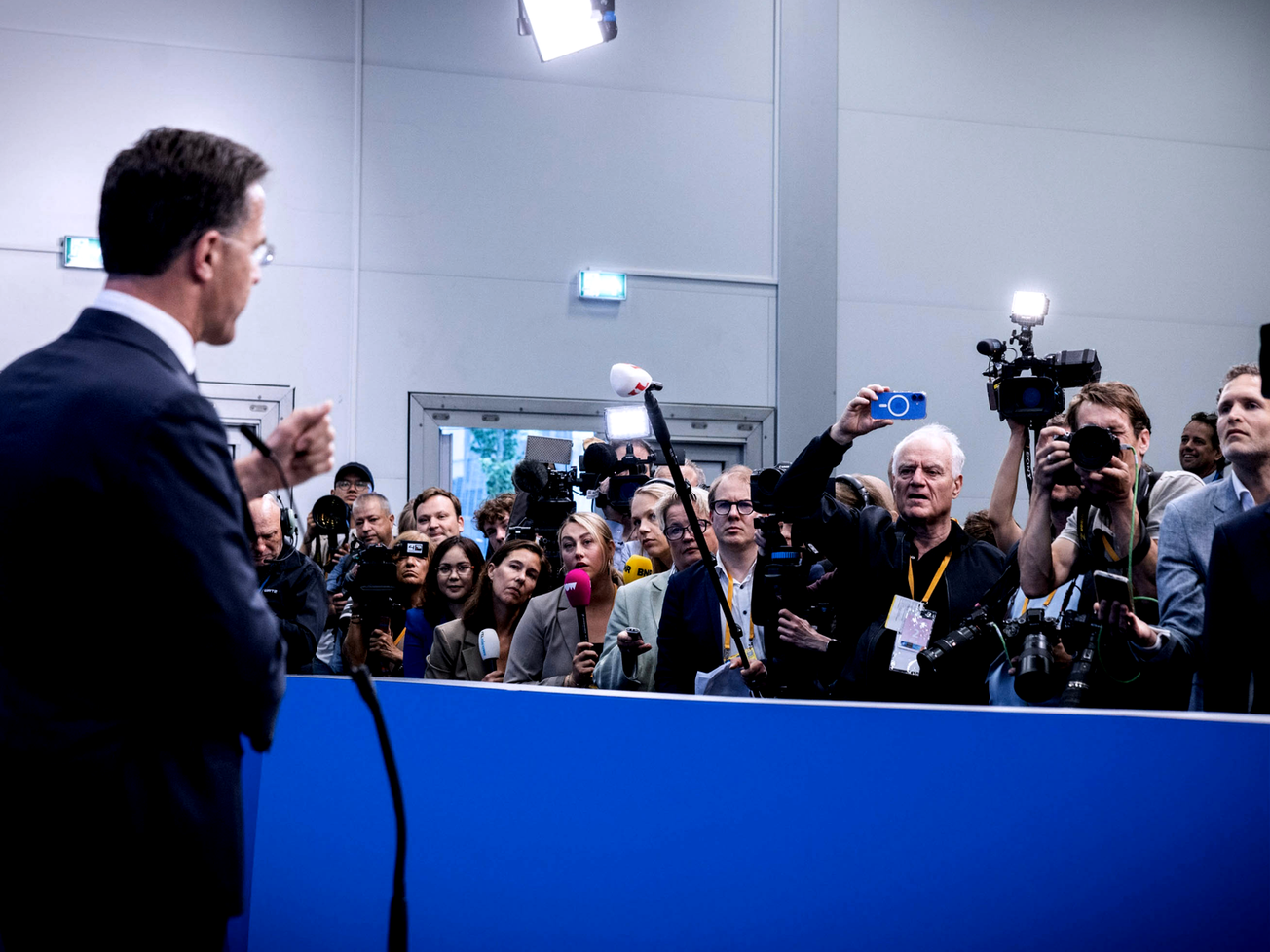International aid prevented 669 million deaths between 1990 and 2016 by spreading access to health services around the world, the ONE Campaign reported. But the gains could vanish if donors close their pocketbooks.
The international organization co-founded by U2's Bono launched its report at a global health summit this week in Berlin, where it used the opportunity to caution that millions more death could result if donor nations and philanthropists slow or stop their contributions to the fight against preventable diseases.

